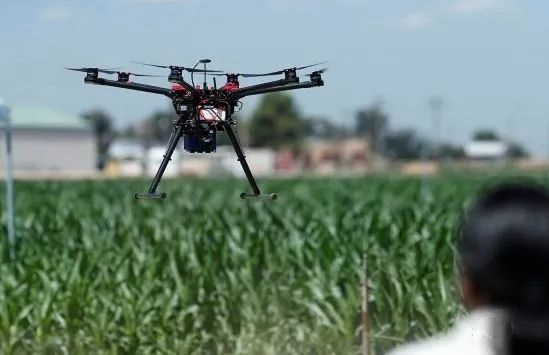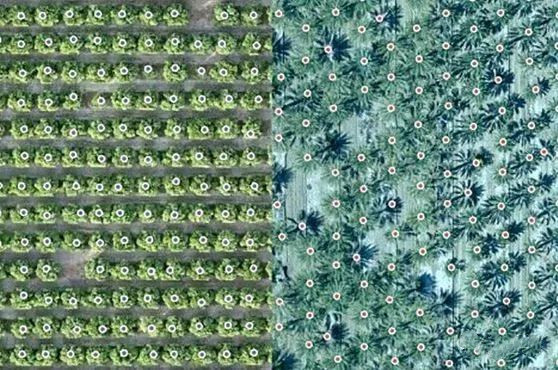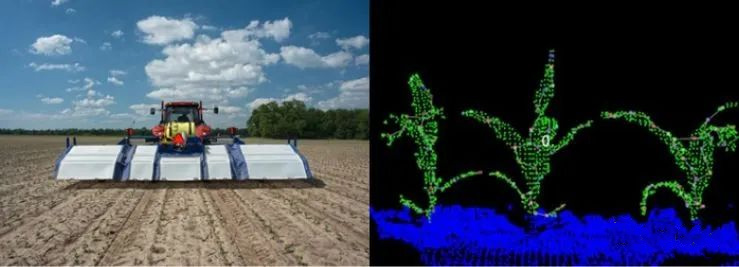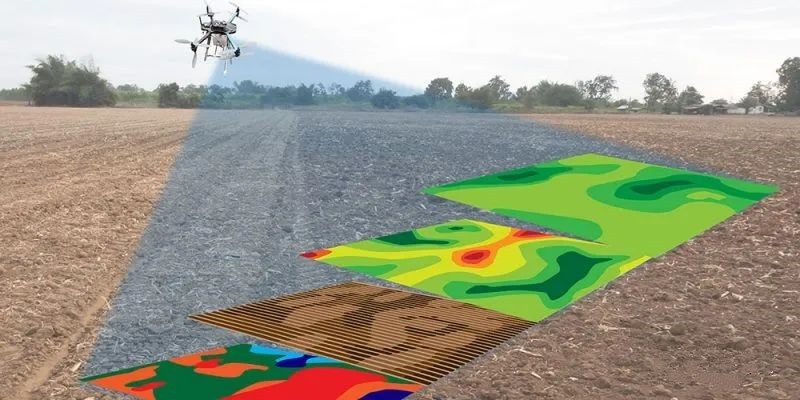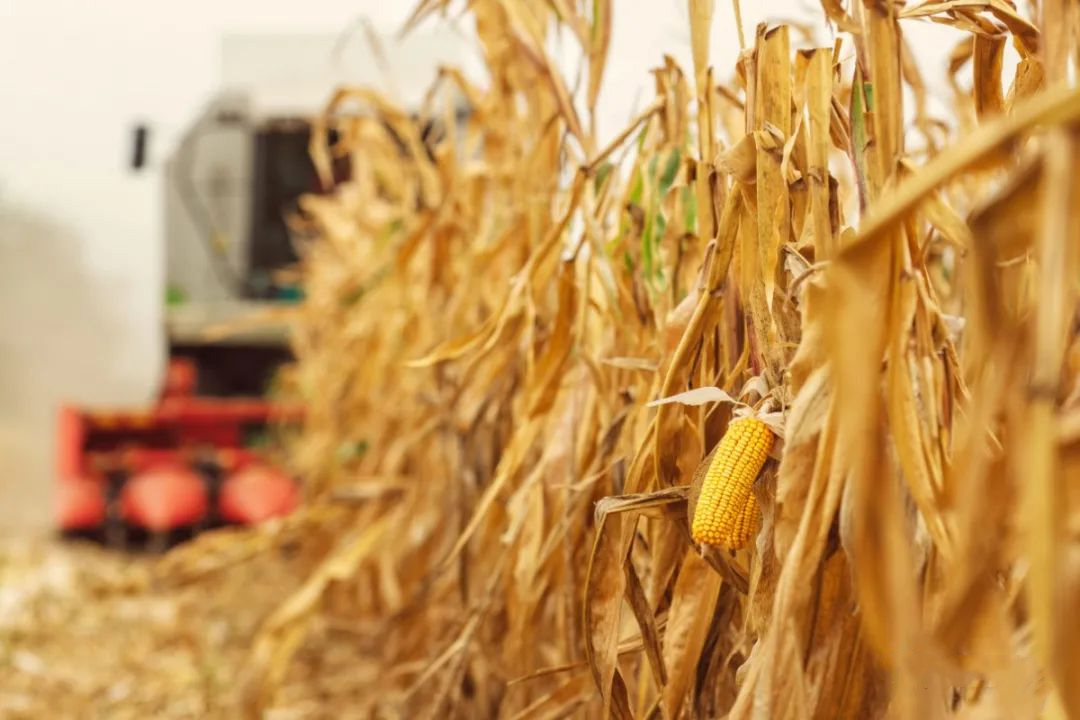Now that the world has slowly reopened from the Covid-19 lockdown, we still don’t know its potential long-term impact. One thing, however, may have changed forever: the way companies operate, especially when it comes to technology. The agriculture industry has positioned itself in a unique position to revolutionize the way it operates with new and existing technologies.
COVID-19 Pandemic Accelerates Adoption of AI Technology
Prior to this, the adoption of AI technologies in agriculture was already on the rise, and the Covid-19 pandemic has only accelerated that growth. Taking drones as an example, vertical applications in the field of agricultural drones increased by 32% from 2018 to 2019. Aside from the turmoil in early 2020, but since mid-March, we’ve actually seen a 33% increase in agricultural drone usage in the US alone.
Agricultural professionals quickly realized that investing in drone data solutions could still do valuable work like field surveying and seeding from a distance, while keeping humans safe. This rise in agricultural automation will continue to drive industry innovation in the post-COVID-19 era and potentially make farming processes better.
Smart planting, integration of drones and agricultural machinery
One of the agricultural activities most likely to evolve is the farming process. Currently, drone software can automatically start counting plants shortly after they emerge from the ground to gauge whether replanting is needed in the area. For example, DroneDeploy’s AI counting tool can automatically count fruit trees and can also help understand which seeds perform best in different types of soil, location, climate, and more.
Drone software is also increasingly being integrated into equipment management tools to not only detect areas of low crop density, but also feed data into planters for replanting. This AI automation may also make recommendations on which seeds and crops to plant.
Based on data from the past 10-20 years, agricultural professionals can determine which varieties will perform best in predicted climate conditions. For example, the Farmers Business Network currently provides similar services through popular data sources, and AI has the ability to analyze, predict and provide agronomic advice more intelligently and accurately.
Reimagined crop seasons
Second, the crop season as a whole will become more efficient and sustainable. Currently, AI tools, such as sensors and agrometeorological stations, can detect nitrogen levels, moisture problems, weeds, and specific pests and diseases in survey fields. Take Blue River Technology as an example, which uses AI and cameras on the sprayer to detect and target pesticides to remove weeds.
Take Blue River Technology as an example, which uses AI and cameras on the sprayer to detect and target pesticides to remove weeds. In conjunction with drones, it can effectively help detect and monitor problems on these farmland sites, and then automatically activate corresponding solutions.
For example, drone mapping can detect nitrogen deficiency and then notify fertilization machines to work in designated areas; similarly, drones can also detect water shortages or weed problems and provide map information to AI, so only specific fields are irrigated Or just directional spray herbicide on weeds.
Field harvest could get better
Finally, with the help of AI, crop harvesting has the potential to become better, as the order in which fields are harvested depends on which fields have the first crops to mature and dry up. For example, corn typically needs to be harvested at moisture levels of 24-33%, with a maximum of 40%. Those that have not turned yellow or brown will have to be mechanically dried after harvest. Drones can then help growers gauge which fields have optimally dried their corn and determine where to harvest first.
In addition, AI combined with various variables, modeling and seed genetics can also predict which seed varieties will be harvested first, which can eliminate all the guesswork in the planting process and allow growers to harvest crops more efficiently.
The future of agriculture in the post-coronavirus era
The COVID-19 pandemic has undoubtedly brought challenges to agriculture, but it has also brought many opportunities.
Bill Gates once said, “We always overestimate the change in the next two years and underestimate the change in the next ten years.” While the changes we predict may not happen right away, in the next dozen years There are great possibilities. We’ll see drones and AI being used in agriculture in ways we can’t even imagine.
In 2021, this change is already happening. AI is helping to create a post-COVID farming world that is more efficient, less wasteful, and smarter than before.

